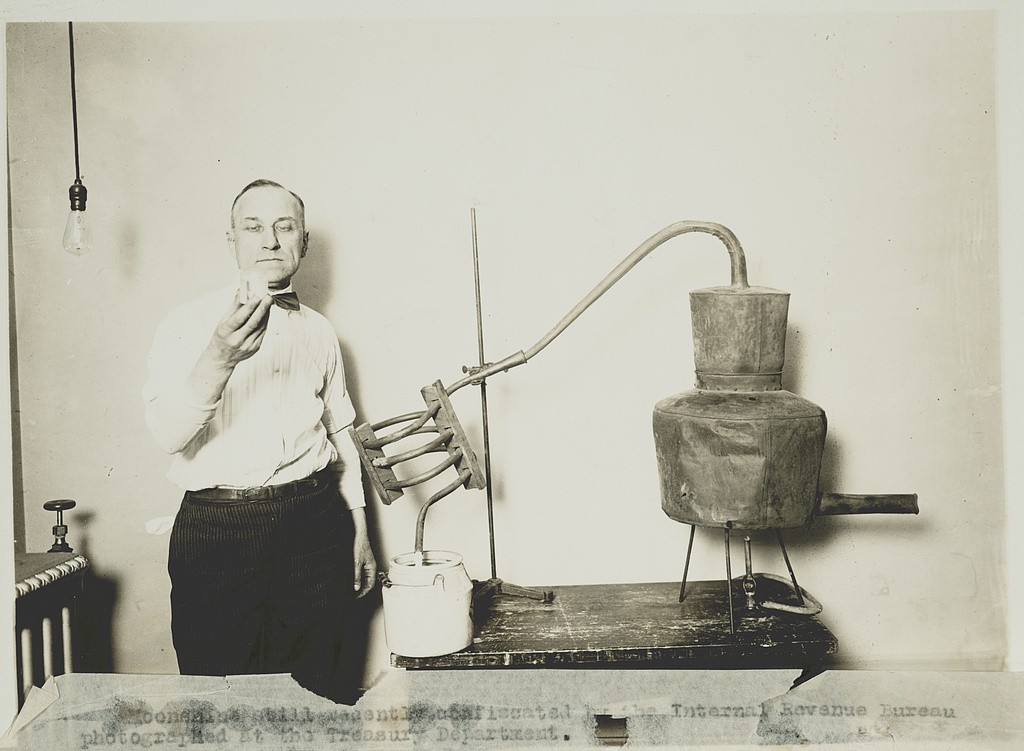The era of Prohibition in the United States, intended to curb alcohol consumption, instead fostered a range of unintended consequences primarily due to inconsistent and loophole-ridden enforcement. The Eighteenth Amendment, while banning the manufacture, sale, and transportation of intoxicating liquors, conspicuously omitted the prohibition of alcohol possession or consumption. This foundational gap, compounded by the specifics of the Volstead Act – the legislation meant to enforce Prohibition – created a breeding ground for evasion and ultimately contributed to its downfall.
One glaring example of uneven enforcement was the exploitation of legal exceptions. Pharmacies, for instance, were permitted to dispense whiskey for medicinal purposes. This provision was swiftly manipulated, as bootleggers recognized pharmacies as ideal fronts for their illicit trade. The number of registered pharmacists in New York State alone tripled during Prohibition, a clear indicator of this abuse.

Similarly, religious exemptions for wine consumption saw a dramatic upswing in church and synagogue enrollments. Cities witnessed a surge in self-proclaimed rabbis, all seeking to procure wine legally for their expanding congregations. This legal loophole further undermined the intended widespread abstinence.
The ambiguities surrounding home wine production also presented enforcement challenges. The grape industry cleverly marketed juice concentrate kits with thinly veiled instructions on how to ferment wine at home, effectively circumventing the spirit of the law. Furthermore, despite the illegality of home stills, they remained readily available in hardware stores, and instructional pamphlets from the U.S. Department of Agriculture on distillation were accessible in public libraries. Ironically, Prohibition, designed to stop drinking, inadvertently educated many Americans in the art of alcohol production.
This widespread, unregulated alcohol trade had severe repercussions for public health. As illegal alcohol became increasingly profitable, its quality plummeted. The black market was flooded with adulterated and often toxic liquor, leading to an estimated 1,000 deaths annually from tainted alcohol during the Prohibition years. This tragic consequence underscored the failure of Prohibition to achieve its goals and highlighted the dangerous outcomes of its uneven and easily circumvented enforcement. In essence, the very laws intended to eradicate alcohol consumption were riddled with inconsistencies and loopholes that not only made enforcement a cat-and-mouse game but also fostered a dangerous black market, ultimately contributing to Prohibition’s failure.
